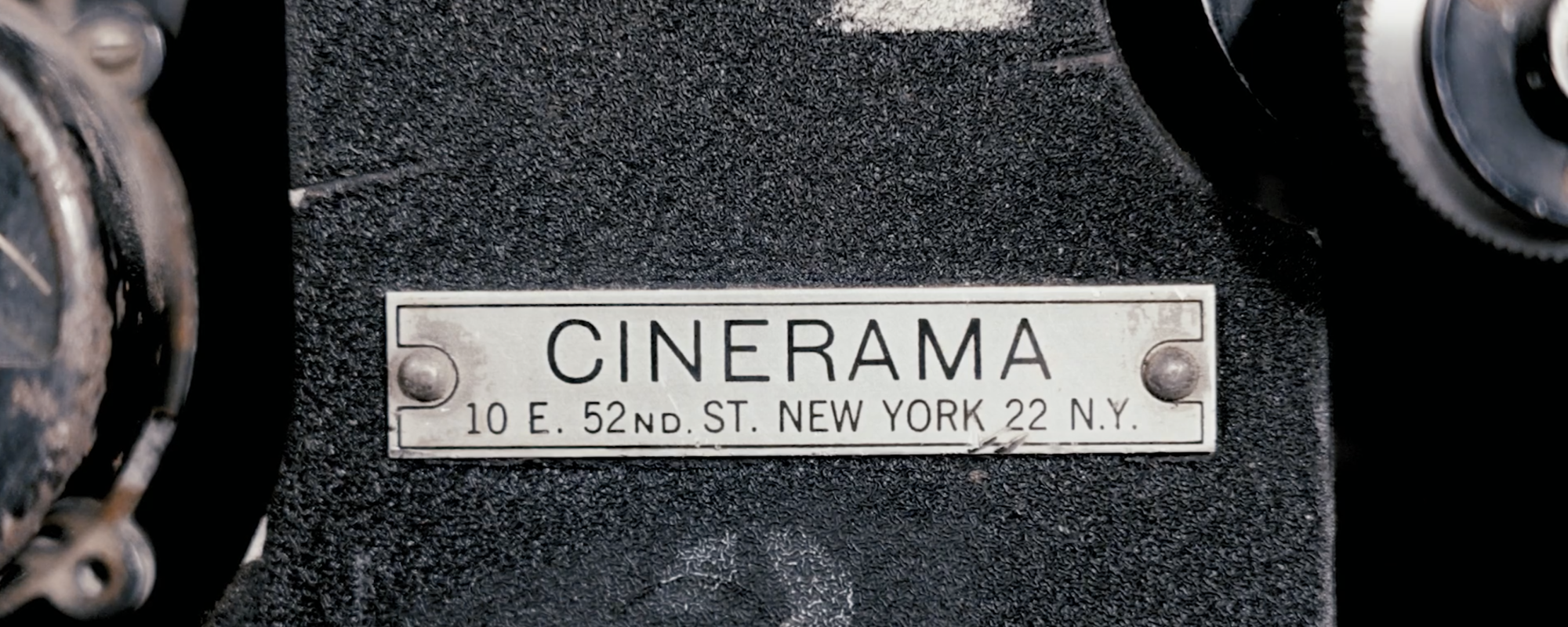All Videos
ASC Museum Minute: 35mm Cinerama Camera
First introduced in the early 1950s, the original Cinerama camera wasn’t just one unit, but three interlocked cameras working in synchronization. Each of these cameras were positioned apart from one another at a 48-degree angle; the center camera shot straight ahead, while the two side cameras crossed inward.
The three cameras were also fitted with 27mm lenses that were fixed, not interchangeable — meaning that if a change in framing for a given project was desired, operators were tasked with moving the entire rig. A large shutter spun in front of these lenses — rather than behind them, like most motion-picture cameras — and a 240-volt motor powered the system.
Also Read: Cinerama Goes Dramatic For How the West Was Won
Features shot with the camera were projected using three interlocked projectors across a large curved screen, which were most famously housed by Cinerama Dome theaters. Though revolutionary, the camera’s bulk made it difficult to employ on many productions; with this in mind, Stanley Kubrick notably opted to shoot 2001: A Space Odyssey on 65mm film with the Super Panavision 70, which would help achieve an immersive widescreen effect ideally suited for projection in Cinerama Domes upon release.
Also Read: Filming 2001: A Space Odyssey
This episode offers a closer look at the example of the Cinerama camera housed by the ASC's collection, and shares footage from some of the landmark films that employed the system in the 1950s and '60s.
Each episode of the ASC Museum Minute video series showcases a unique item in the Society's extensive collection of vintage cameras and other filmmaking tools. Previous episodes can be found here. More episodes are now in production.
The ASC Museum collection is curated by Gainer and co-curated by Richard Edlund, ASC.
